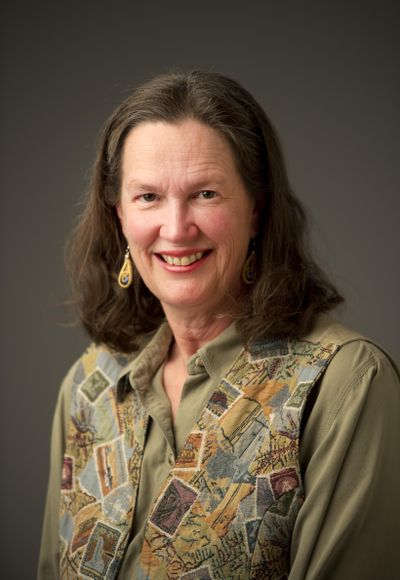Sue Lani Madsen: It’s clear to me that life begins at conception

We are long past the ancient test of “quickening” as the prenatal standard for recognizing human life. It’s time to revisit when life begins, since the state of Washington now discusses education using the term P-20. The P doesn’t stand for preschool. It stands for prenatal.
When Washington passed Referendum 20 legalizing abortion in 1970, three years prior to the U.S. Supreme Court’s Roe v. Wade decision, there were specific circumstances listed. Pregnancy had to be less than 16 weeks from conception, and the procedure had to be performed in a hospital or approved medical facility. Minors required consent of a parent or guardian. The decision was left to a woman and her doctor, although her husband had to agree if they were living together. The referendum passed with 56.6 percent support statewide.
Many things have changed since 1970, and not just Roe v. Wade wiping out the restrictions adopted by the people of Washington.
The Nobel Prize for discovering DNA was awarded in 1962. Sequencing the human genome only began in 1998. Fetal ultrasounds were rare in the last century. Now baby’s first photo is an ultrasound heartbeat in the first six weeks, proudly posted on social media.
Science convinces me that life begins at conception with the creation of the unique DNA of a new human. In any abortion, there are at least two lives involved. Mothers make many health care decisions for their babies both before and after birth. Abortion is an end-of-life decision that must be made using the same guidelines we have adopted for humans at any other age or stage of development.
It’s a tremendous individual responsibility, and reasonable restrictions apply. In a 2015 national Gallup poll, 51 percent agreed abortion should only be legal in certain circumstances, such as to save the life of the mother or in cases of rape or incest.
The Guttmacher Institute surveyed American women on the reasons they chose abortion. About 12 percent cited a possible physical problem with their health as the reason. Health has broadly interpreted meanings, and “to save the mother’s life” is a higher standard. Planned Parenthood’s Dr. Alan Guttmacher said in an article supporting legalization of abortion in 1967, “Today it is possible for almost any patient to be brought through pregnancy alive, unless she suffers from a fatal illness such as cancer or leukemia, and, if so, abortion would be unlikely to prolong, much less save, life.” Given advances in medicine over the last 50 years, an abortion to save the life of the mother is an extremely rare circumstance.
Rape is a horrible tragedy, a crime of violence, not passion. Incest usually means adult exploitation of a child. Both are abhorrent. They are also a tiny percentage of the reasons cited by women for choosing an abortion. Rape was cited by 1 percent of women, incest by less than 0.5 percent. Abortion adds another victim, and many post-abortive women have regretted compounding violence against themselves with violence against their baby.
What about the other 86.5 percent of abortions? Primary reasons are financial concerns or awkward timing, with a small portion citing concerns about the baby’s health. We are horrified at a woman killing a child because she’s having relationship problems. We denounce those who kill a vulnerable human being under their care. We are inconsistent when we are not equally repulsed by abortion as violence against women, as the original feminists insisted.
A baby in the womb is a most vulnerable human being, but unlike many solidly in the pro-life camp, I do not seek an outright government ban on abortion. Any government with the authority to forbid abortion also has the authority to require it, and I don’t trust any government with that power.
Life begins at conception. All other decisions must flow from that fact, including how we treat our prenatal children.
Sue Lani Madsen can be reached at rulingpen@gmail.com or on Twitter: @SueLaniMadsen.